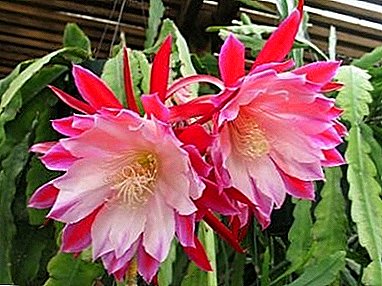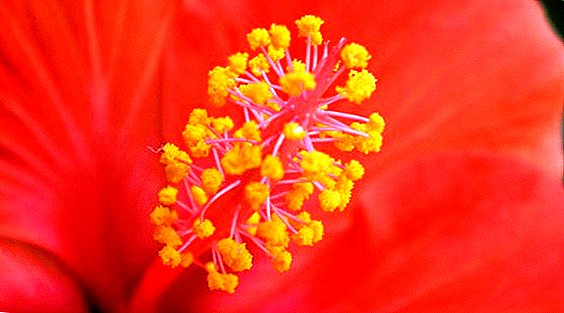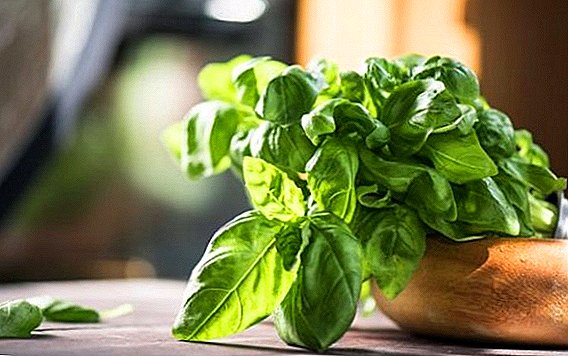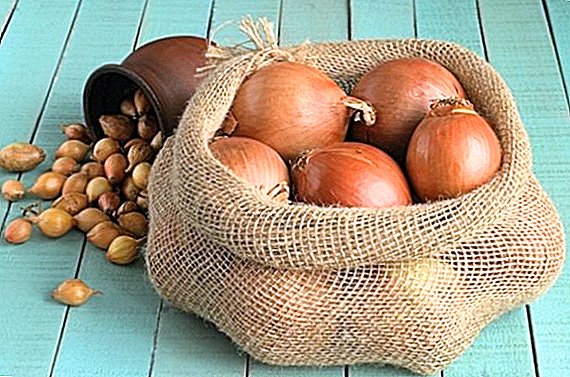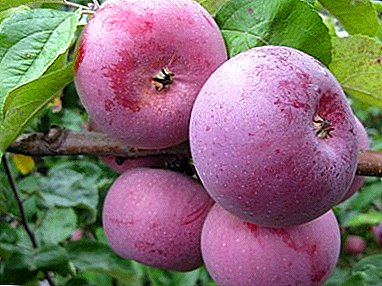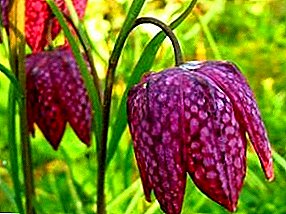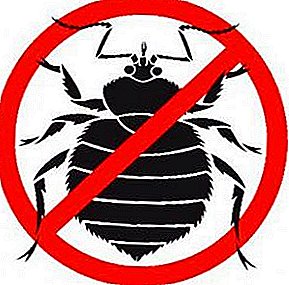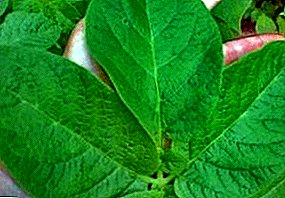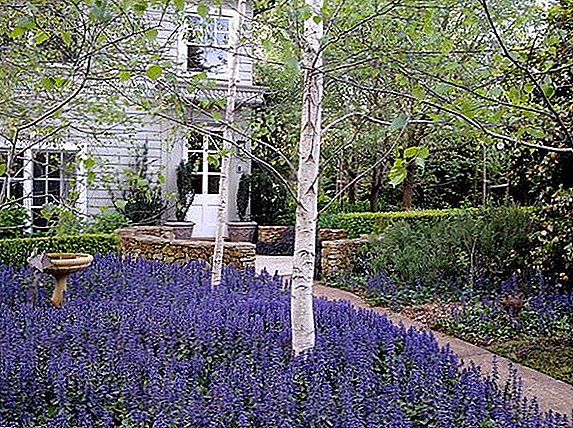
A beautiful white-trunked tree, covered with a quivering green crown, looks very harmonious, no matter where it grows: near the house, in a grove, lonely on the outskirts. But in the description of this tree the main thing is that birch is a kind of symbol of Russian open spaces. It is one of the first after the harsh winter to be covered with emerald leaves, therefore, more and more often, this tree was started to be remembered, if necessary, to decorate the garden or plant a street, a free area near the apartment building.
Botanical characteristics
This tree belongs to the Birch family of the Birch family. The root system is very ramified, it needs enough nutrients and moisture. Therefore, gardeners are in no hurry to plant such a tree on their land, because then they will add more trouble with additional feeding and systematic watering if there is little moisture in the soil. 
And some varieties are quite tall. In addition to its decoration, the plant is very useful, almost all of its components have healing properties: buds, leaves, earrings, bark, from which you can get birch tar with unique healing properties. Real birch sap is very useful for our health. Brooms from a birch - the real classics. The largest area of distribution of this beauty is the middle zone of Russia.
Did you know? There are about one hundred and twenty species of birch. Almost all of them are accustomed to our climate. Tall species of these trees live longer than dwarf and shrub.
The genus Birch is divided into four groups: Albae (with snow-white bark, the height does not exceed fifteen meters); Nanae (dwarf species); Costata (decorative species with multi-colored colors); Acuminatae (tall trees with large leaves).
Application in landscape design
Thanks to the crown, green spring and summer and bright yellow autumn, the birch looks charming on a snow-white trunk with contrasting black spots. Therefore, it is increasingly used in the design of landscape design. For this purpose, they often plant low-growing trees: shrub or dwarf species. Decorative species have the bark of white, pink, cherry, yellow and black. These trees look great. In spring, these beauties appear charming "earrings" and delicate sticky leaves with a light green tint, in summer they are completely covered with thick emerald foliage, and in the fall the golden crown frames the snow-white or multi-colored bark. Experimenting and with the forms of trees by cutting the branches, but gardeners need to know how to cut birch. In addition, this tree always attracts birds, and for those who love their morning singing, there is no better option for decorating your plot or landing on the street near the house.
Did you know? Birches live a little more than a hundred years, but some manage to live four hundred years.
How to choose seedlings when buying
Birches are easily planted with the help of their "earrings", so seedlings can be dug in the forest. But then it will be ordinary birch. You can buy a certain type, depending on the design ideas and needs. All varieties of ornamental plants differ in the unusual color of the bark and foliage. So they need to buy only for the purpose of registration of the site. 
Tall species live much longer than other species, but they are less resistant to gusts of wind and prone to self-seeding. But if it is necessary to dry a certain place on a personal plot, then the choice for planting such a tree is quite justified. A seedling for planting should be quite young, mature trees barely take root when transplanted, the roots are significantly damaged in most cases. The main feature that helps to successfully settle down on a sapling in a new place is that it should be sold with a root located in a large coma of earth.
For the design of the landscape, iberis, kupena, silverweed, lychnis, young, fescue, alissum will also be an excellent option.
Choosing a place
Birch is not particularly capricious, can grow in almost any conditions. But she needs enough light and moisture, she does not like too "clogged" soil.
Important! Birch has insufficient stability with strong gusts of wind.
All these factors must be considered when choosing a place for planting these representatives of the flora. The place should be lit, with a good level of humidity, but without the stagnation of spring waters dangerous for the development of these plants, and be at a sufficient distance from buildings and fences in case of natural phenomena, and in order not to deliver any inconveniences to the neighbors. 
The best option will be planting in the soil, the composition of the most similar to the one in which the tree grew. And it can grow in any soil - both in loam and peaty land. Some species are more suitable light soil. The reaction of the soil can also be varied: neutral, high acidity, and even alkaline.
Preparatory work before landing
Before planting, first of all, it is necessary to determine the time when to plant a birch. Early spring is quite suitable for planting, in this case the roots of the seedling should be in a large coma of the earth, and in no case should its age exceed three years. It is also allowed to plant a birch at the age of seven years in the winter along with a frozen clod of earth. Seeds, by the way, can be sown both in autumn and spring. According to experienced gardeners, the best time to plant a birch is in autumn.
Did you know? Successfully about the benefits of birch says an old mystery: "There is a tree, the color is green. There are four benefits in this tree. The first benefit is ill health. The second is light from darkness. The third is decrepit healing. And the fourth is well for people."
Before starting the planting process, it is also necessary to assess the condition of the soil, and although birch is not very demanding on it, it will not hurt to prepare fertilizer. It may be different, but leafy ground is the best option. You also need to stock up with enough water.
Step-by-Step Instructing Planting Seedlings
More and more people are interested in how to properly plant birch on the plot. The scheme of its planting is practically no different from the order of planting fruit trees. First, we dig a hole of such size that it can hold all the roots. We place a tree in it, we water the roots. Next we fill the pit with earth above the level of the root collar, do not forget to add fertilizer. After we pour the buried earth around the trunk. You can grind it with humus, peat, dry earth in order to preserve moisture. At first, newly planted trees should be watered regularly for better survival. If several trees are planted, the distance between them must be at least four meters.
How fast is growing
One of the main features of these trees is their relatively rapid growth. After two or three years after planting you can see almost adult slender beauty.
Important! One of the main disadvantages in the cultivation of birch is its rapid reproduction. In the autumn, in the area of cultivation, shoots of young, densely sown after birch blossoms become visible. If you do not remove them, then after a while the plot of land can become a grove.
Care Tips
Special care plants do not require. But still, certain factors that make them feel better exist.
Watering
Young trees especially need regular and frequent watering. But as soon as they grow up and strengthen, it can be done less and less, and over time the birch trees do not need watering at all. After planting young seedlings can pritenyat branches, plants, covering material, which is removed in the evening.

Top dressing
Feeding a birch, like any other plant, will never be superfluous. Especially in the first years after planting, young trees need additional fertilizers. As a top dressing, you can use a mixture of mullein up to one kilogram, ten to fifteen grams of urea, and fifteen grams of ammonium nitrate. Other types of fertilizer are suitable for fertilizer.
Cropping and crown formation
These plants do not perceive any pruning. Therefore, you need to know how to do it correctly, whether it is possible to trim a birch in height. Sometimes gardeners manage to cut this tree in height and thereby form the original appearance. Sometimes pruning is necessary for safety. But we must take into account that in no case should birch be cut during sap flow. When the leaves grow in spring, you can start cutting dry branches. At the same time, it is possible to thin the crown a little, but not more than a quarter of the total amount. The resulting cuts must be covered with garden pitch, or use for this purpose paint on natural varnish. Dry branches can be removed in the fall. Often gardeners are interested in whether it is possible to cut birch in summer. Pruning in the summer is not recommended.
Winter hardiness
Birch at any stage of its development is a rather winter-hardy tree. But for greater confidence in a successful wintering, you can carry the dropping of the root collar. In the winter, hares that gnaw the bark are dangerous for her.
Did you know? Birch fruits are presented in the form of small nuts, and the seeds are so light that there are about five thousand seeds per gram.

Diseases and pests: prevention and treatment
Birch has its detractors in the form of pests and diseases. On this tree may appear fungus-tinder, which provokes damage to the wood, so it must be removed. May beetles and their larvae eat roots, so the ground should be dug (not very deep), and the larvae removed. When tubetube beetles appear, damaged leaves must be removed and burned, and all wood treated with chemicals. Birch, like any other tree, needs attention, and problems should be eliminated when problems appear.
We are more and more getting used to outlandish ornamental plants on our sites. But there are a lot of our native trees that can cope with decorative tasks as well as they are able to bring many benefits. Birch is just such a beautiful, patient and rather unpretentious tree.


